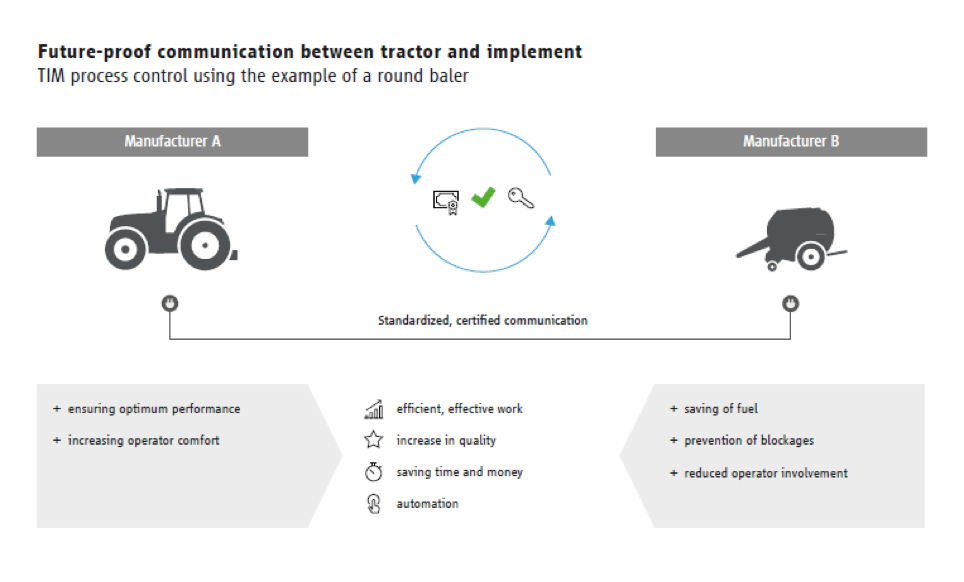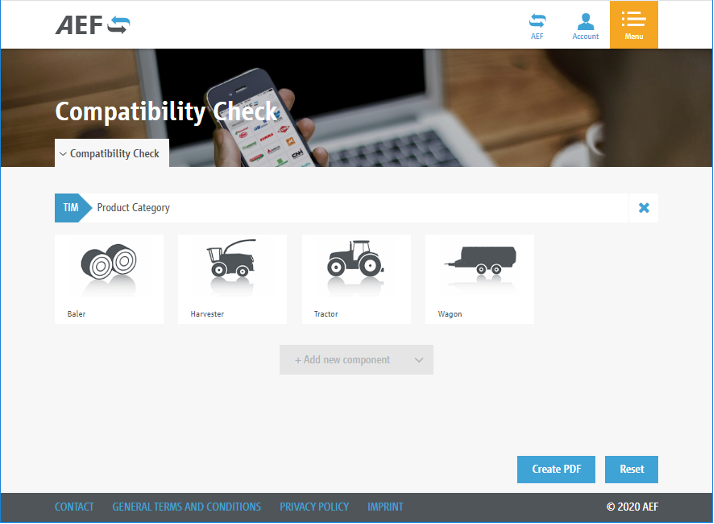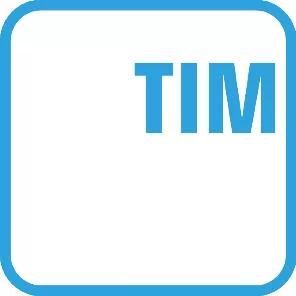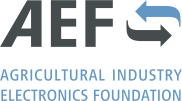“TIM” just may become a farmer’s new best friend.
Tractor Implement Management, or what we call “TIM,” is a cross-product and cross-manufacturer ISOBUS solution where the implement controls certain tractor functions and optimizes the working process.
In other words, this new system will remove some of the repeated tasks that an operator performs over and over again during field operation.
The implement requests the services it needs from the tractor in order to operate in the most efficient way. What is new is that the implement sends information to the tractor via standardized and secure communication which leads to the best overall tractor/implement combination.
A Proven Secure Solution with Digital Certificates
Up until now, the tractor controlled the implement in most ISOBUS solutions. However, TIM now allows the implement to play the leading role with ISOBUS as the basis for this communication.
The implement is only able to play the leading role if the data transmission is secure. For this purpose, the AEF has developed an infrastructure that enables secure communication based on proven standards. This has been done in other industries as well such as electronic banking.
This standardized solution — in conjunction with digital certificates — is necessary so that the implement can control certain tractor functions and can actively carry out the work process without driver input. Both tractor and implement trust each other so that the farmer can work more efficiently.
Significant Further Development by the AEF
At Agritechnica 2009, ISOBUS Class 3 solutions were first introduced. The system allowed machines of the same manufacturer to exchange data but did not provide secure communication.
In the following years, individual agricultural machinery manufacturers tested this technology in various machines until it was ready for the market. The basic idea was: the implement controls tractor functions such as forward speed, steering, PTO, hitch height or hydraulic remote valves to relieve driver fatigue and to increase the performance and productivity of the whole system, i.e. the tractor/implement combination. However, there was a restriction that an ISOBUS Class 3 combination needed to be from the same manufacturer.
The AEF has taken up the basic idea of the ISOBUS Class 3 solution and made decisive progress with a new infrastructure for secure communication. This standardized solution with digital certificates is the only way to ensure manufacturer-independent cooperation between tractors and implements giving customers maximum brand flexibility.
How Does it Work, Technically Speaking?
In order to obtain AEF certification, ISOBUS devices must pass the AEF Conformance Test which tests for compatibility according to the ISOBUS standard and the AEF guidelines. Moreover, the product must meet “state of the art” safety standards. As soon as the Conformance Test has been successfully completed, the AEF supplies a “digital certificate,” which will be integrated in the tested TIM machine. With the first connection between the tractor and implement combination, the machines check the validity of their digital certificates. If in agreement, the tractor and implement exchange a shared key. This key will be checked when starting the tractor/implement combination and if the result is positive, the farmer will be able to use TIM. Only then, will the implement automatically control the tractor without intervention from the driver.
Advantages for the Farmer
TIM makes optimum use of the installed performance potential for higher productivity of the overall system, i.e. the tractor/implement combination. Automatic processes replace manual operation and prevent the driver trying to exceed the system capabilities. A TIM tractor / baler combination is a good example of this as the “system” would drive fast enough to allow the right amount of crop into the baler pick up without causing any blockages.
With TIM, the farmer works more precisely, effectively and economically while simultaneously increasing quality. TIM saves time and money. The field operation becomes technically simpler and easier as TIM takes over tiring and repetitive tasks. And: the farmer can use TIM with his tractors and implements from different manufacturers.

Pioneering Role in Agricultural Engineering
Secure communication is of fundamental importance for digitized agriculture. Here, agricultural technology must take on a pioneering role with a manufacturer-independent application. The standardized solution with digital certificates fulfils this condition and thus offers potential for further applications, such as wireless in-field communication. The release of the TIM system has been recognized in the industry as earlier this year the AEF was the recipient of both an AE50 award as well as the Davidson prize for innovation in agriculture
Since the release of the AEF ISOBUS Conformance Test for TIM in December 2019, there are already five different tractor and implement manufacturers who have passed the conformance test and listed their TIM certified products in the AEF ISOBUS Database.

Further information on the AEF, TIM and the AEF ISOBUS Database can be found at www.aef-online.org.
About the Author: This article is the sixth in a series of eight by the Agricultural Industry Electronics Foundation (AEF), an independent organization founded on October 28th, 2008 by seven international ag equipment manufacturers and two associations. Today eight manufacturers and three associations are working as core members together with 220 general members. They work to improve cross-manufacturer compatibility of electronic and electric components in agricultural equipment, and to establish transparency about compatibility issues. You can become a member and learn more about the AEF by visiting: www.aef-online.org/home.html or contact the AEF communications team: andrew.olliver@aef-online.org or ryan.milligan@aef-online.org
The Precision Ag - What's under the ISOBUS hood? series is brought to you by the AEF.
The AEF Mission — The development and support for the implementation of generally accepted standards for electric and electronic interfaces as well as standards for data exchange for the agricultural machinery industry. The AEF is providing a framework for the cooperation of all interested parties under the leadership of the core members whilst maintaining competition amongst all members. The AEF supports standardization organizations such as the International Standards Organization (ISO)







